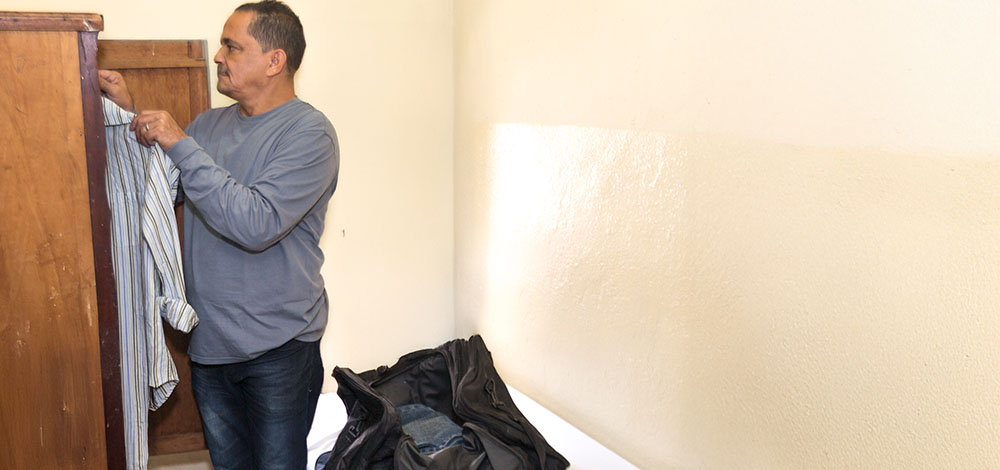|
Getting your Trinity Audio player ready…
|

What does a tech start-up have to do with helping people experiencing homelessness? Everything, it turns out, if you’re seeing the world through the eyes of Jonathan Kumar, creator of Samaritan.
Samaritan — a company that is wholly focused on people experiencing chronic homelessness — uses an app to connect people and institutions that have financial and social resources to those who lack them. And it is making a difference.
A recent Samaritan pilot in seven Los Angeles community health centers found that its digital interventions increased self-efficacy, decreased emergency department usage, and saved health care costs.
In this episode of the Making Waves in Health Tech podcast, Kumar shares how his experiences living in poverty early in life shaped his worldview, and how that worldview helped him create a venture-backed company that’s giving hope to unsheltered people.
The California Health Care Foundation is a strategic investor in health care innovations like Samaritan and seeks to work with new social entrepreneurs and co-investors. Learn more about this work through our podcast, in which Janet Boachie and I speak with innovator-partners who have made health care more accessible — especially for those who face the greatest obstacles to getting the health care they need.
Here is an excerpt of our interview with Samaritan’s Jonathan Kumar:
Janet Boachie: Jonathan! We are so appreciative that you’re here to share information about the work that you’ve been doing in California and across the country. Tell us about Samaritan.

Kumar: Samaritan helps people who don’t have a stable home access the financial capital as well as the social capital needed to get housing and other support as quickly as possible. Traditional social services partner with Samaritan to better support people who are experiencing chronic homelessness and other traumas.
We provide smart wallets to social service organizations and outreach crews. They then give the smart wallets to people experiencing homelessness.
People living on the street get $10 just for becoming a Samaritan member, and then they’ll get an additional $10 by checking in with the community center. Once you have a Samaritan card, you start to earn $5, $10, and $20 bonuses for taking positive action steps related to your own housing journey, your health journey, and your journey to access income.
I want to make it clear that we’re not solving homelessness. We don’t own any buildings. We’re not constructing any apartments. The solution to homelessness is in the name itself: It’s a home. It’s housing.
We provide cash and social support to people directly because people often know how to build something for themselves. They have aspirations; they have goals; they have families they want to reconnect to, dependents that they want to claim, or grandchildren they want to live next to and get ice cream with after school. People who use Samaritan are regular people.
We’re excited to be aligning the health care industry and the dollars behind it to this population however we can.
Boachie: Let’s say I am experiencing homelessness. How do I get connected to Samaritan?
Kumar: An outreach worker or service provider might invite you to join or talk to you about becoming a Samaritan member.
They’ll show you this credit card-like device that my team designed. It carries $10 on it. It’s a start. And then, if you want, you get signed up. At that point, you can share some top-level goals that you have for your own life and then break those goals down into immediate action steps and needs based on your situation.
One of those action steps might be for you to establish care at an awesome community center that offers ongoing longitudinal care as well as social care and other things related to how you’re connecting to your community, to housing, and to employment.
Listen to the full conversation here, and catch future episodes by following Making Waves in Health Tech on Spotify, Apple, Amazon, or wherever you get podcasts.
Authors & Contributors






